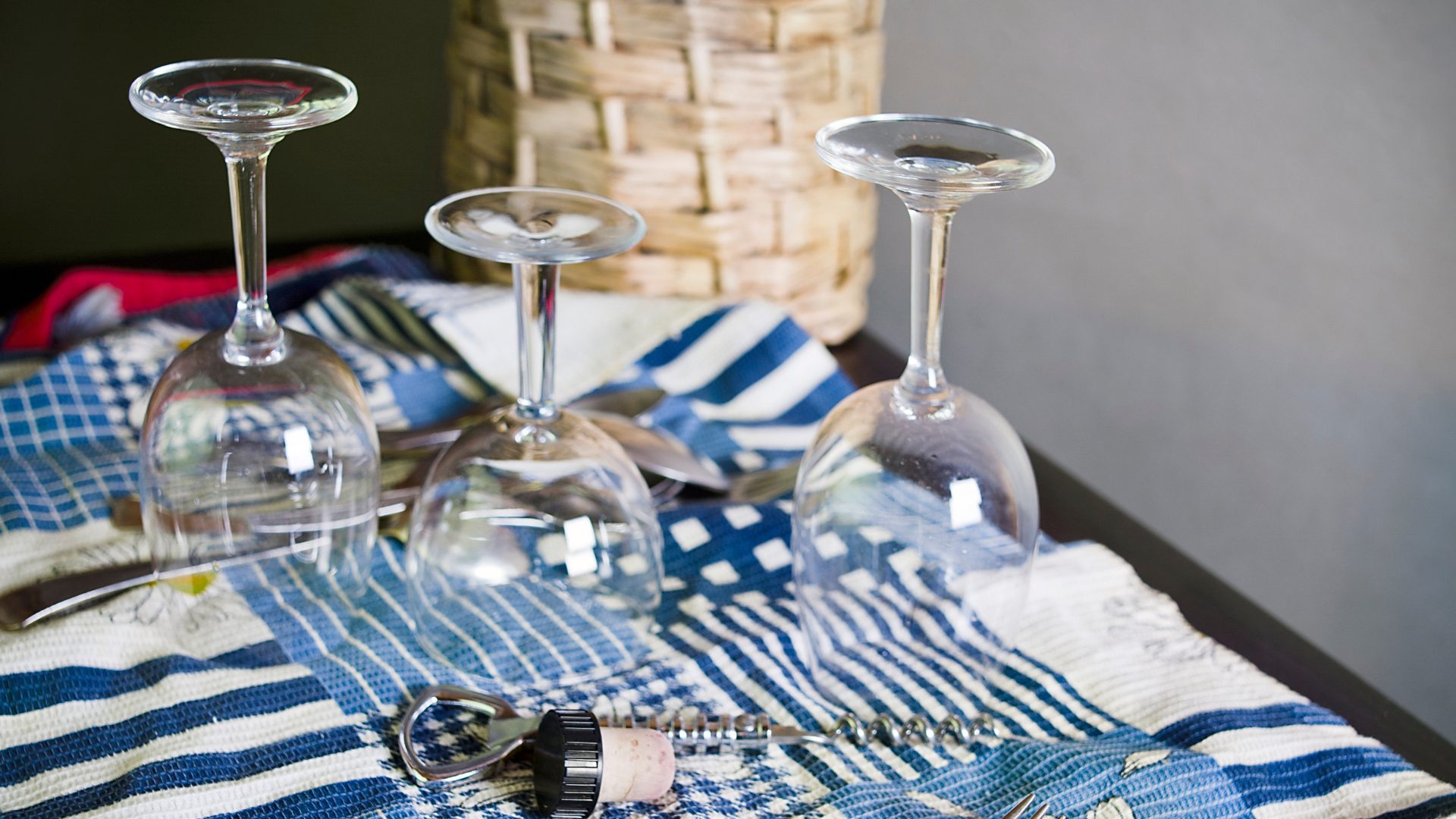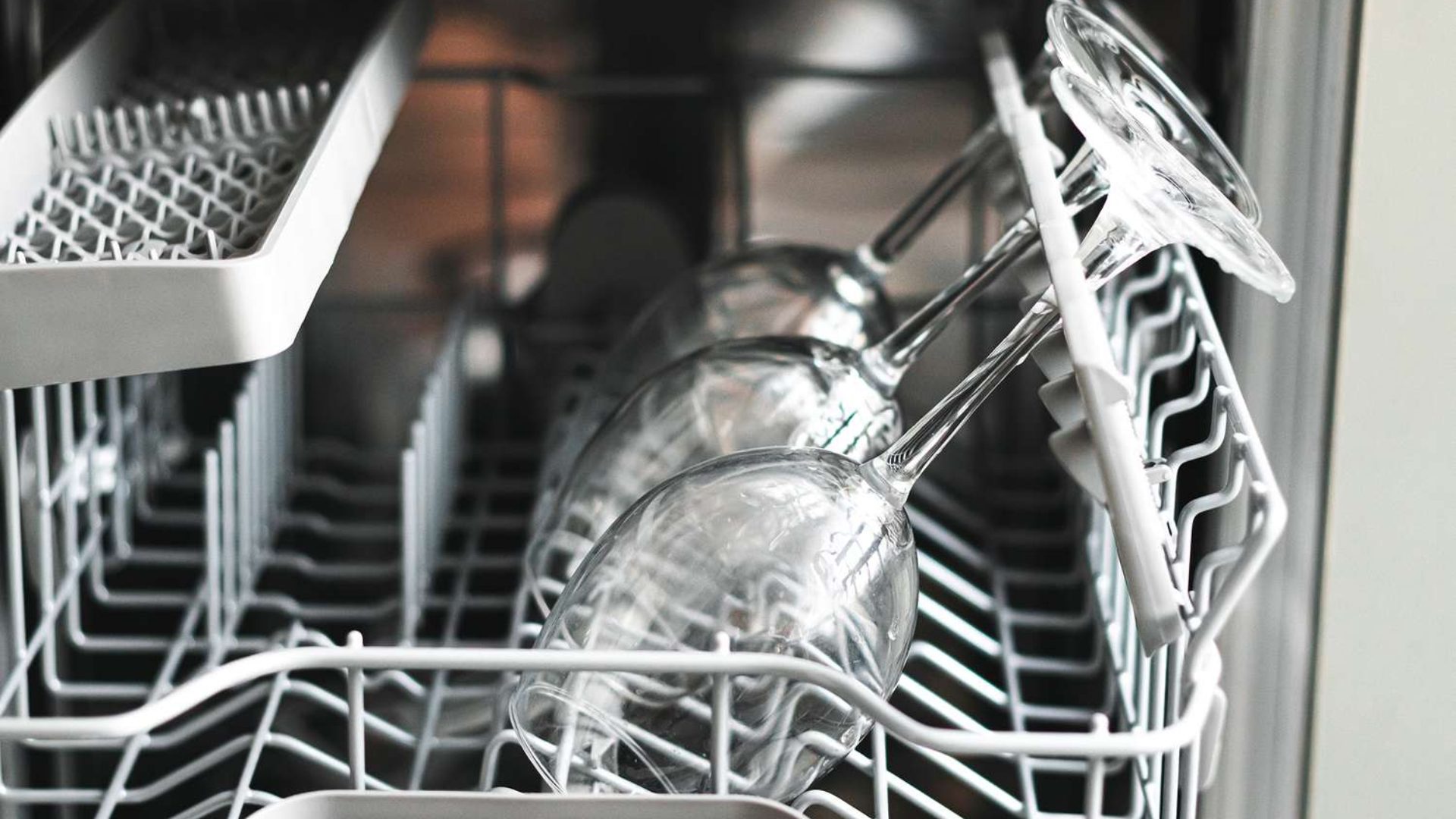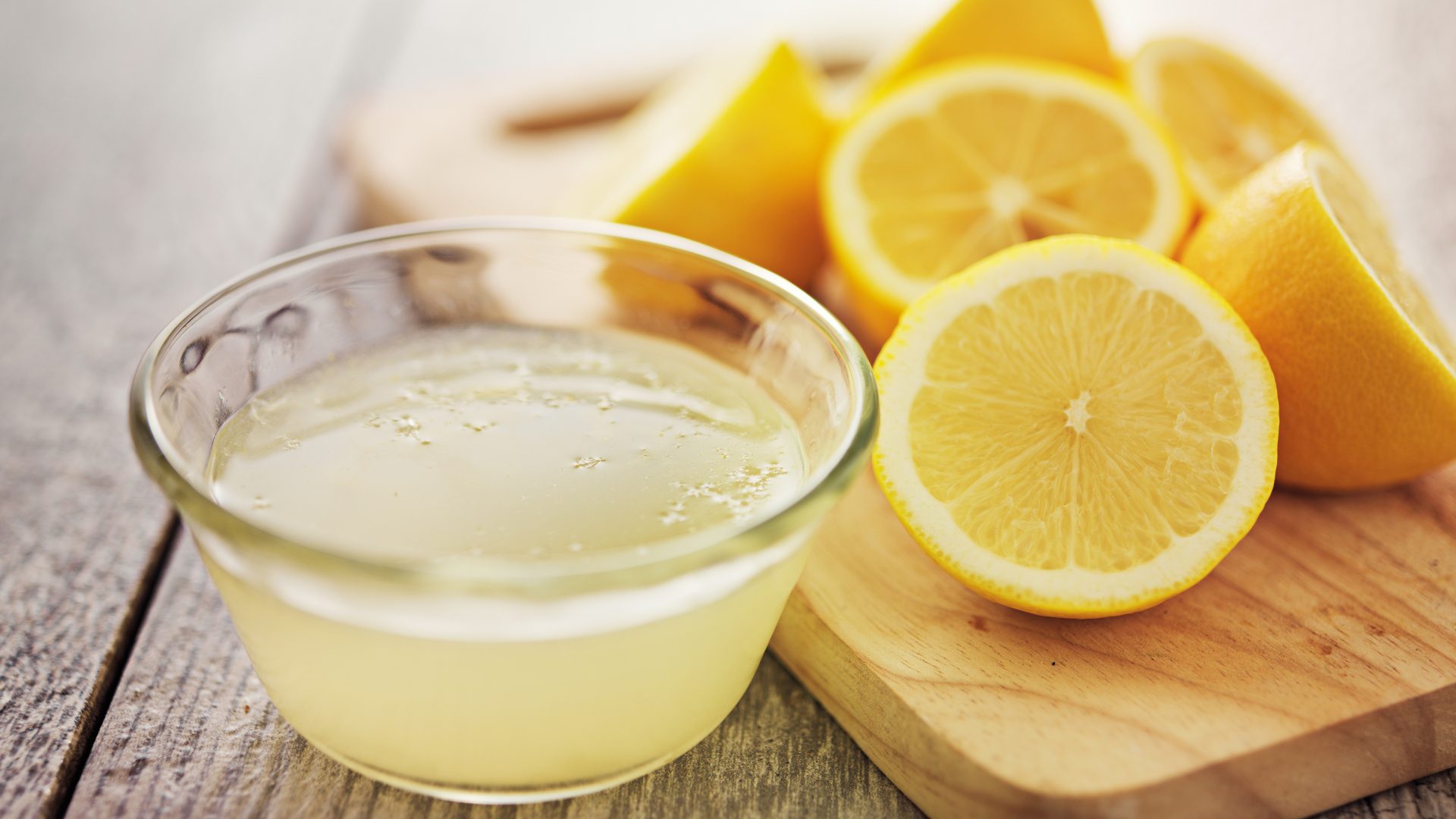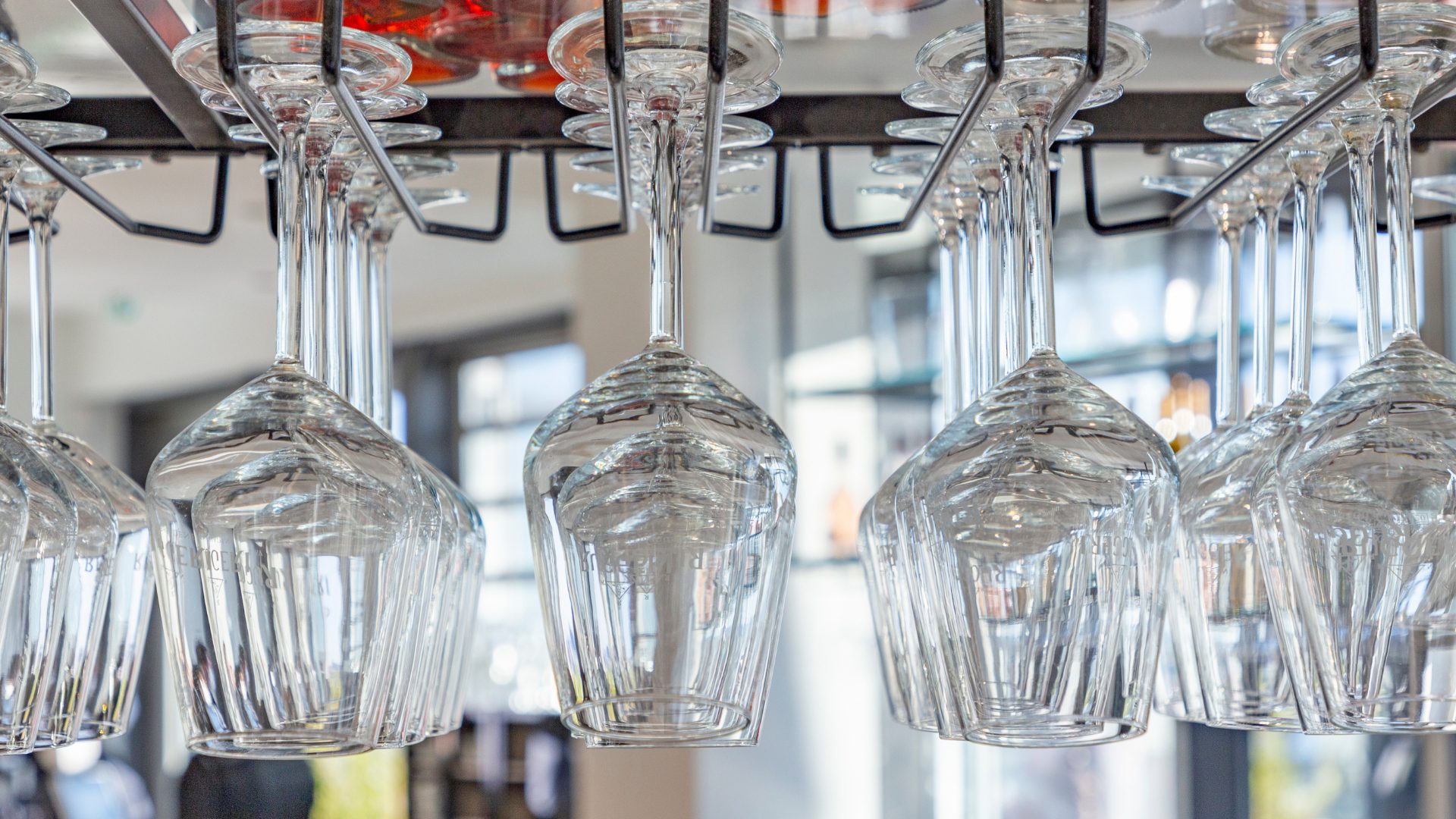A squeaky-clean sparkling wine glass enhances not just the presentation of your wine but also the overall tasting experience. Residual aromas, streaks, or spots can detract from the enjoyment of even the finest vintage. Whether you’re a wine connoisseur, love to entertain, or someone who enjoys an occasional glass, knowing how to properly clean your wine glass is essential. Wine365 has created a guide to ensure all your wine glasses remain spotless and ready for use.
STEP #1: Handwashing: The Gold Standard
Handwashing is often considered the best method for cleaning wine glasses. It’s gentle and reduces the risk of damaging delicate glassware in the dishwasher. Here’s how to do it:
• Use Mild Detergent: Opt for a fragrance-free and gentle dishwashing detergent specific for glassware. Strong scents can linger and affect the wine’s aroma.
• Warm Water: Rinse the glass with warm water. Avoid hot water as it can cause the glass to crack. If you do not like to use detergent, then use hot water to fully rinse the goblet.
• Soft Sponge or Cloth: Use a soft, non-abrasive sponge or a microfiber cloth. Abrasive materials can leave scratches.
• Avoid the Stem: When washing, avoid putting pressure on the stem as it’s the most fragile part of the glass. Hold the bowl instead.
• Rinse Thoroughly: Ensure all soap residue is removed by rinsing the glass thoroughly under warm water.

STEP #2: Drying: Spotless and Streak-Free
Proper drying is as crucial as washing. Spots and streaks can ruin the pristine look of your wine glasses. This all comes down to the mineral content in your water.
• Air Drying: After rinsing, place the glasses upside down on a clean, lint-free towel. This allows water to drain naturally.
• Polishing with a Lint-Free Cloth: After the glasses have drained, polish the glass with a lint-free cloth. A microfiber cloth works best, as it’s gentle on the glass and doesn’t leave fibers behind. Hold the glass by the base or stem to avoid fingerprints on the bowl.
• Steam Method: For an extra sparkle, hold the glass over a pot of boiling water to allow steam to cover the interior. Then, polish with a cloth immediately after.

STEP #3: Using the Dishwasher: A Safe Option for Sturdier Glasses
While handwashing is preferred, modern dishwashers can safely clean sturdier wine glasses if done correctly.
• Top Rack Placement: Place glasses on the top rack where they are less likely to move around and break. Make sure they are securely positioned.
• Low-Temperature Settings: Use a gentle or glassware setting, which typically runs at a lower temperature and is less intense.
• Avoid Harsh Detergents: Use a mild, dishwasher-safe detergent. Avoid using rinse aids as they can leave a residue.
• Skip the Heated Dry: The heated drying cycle can cause glassware to become cloudy over time. Instead, open the dishwasher door after the cycle ends and allow the glasses to air dry.

STEP #4: Deep Cleaning: For Cloudy or Stubborn Stains
Sometimes, wine glasses develop a cloudy appearance due to mineral deposits or soap residue. Here’s how to restore their clarity:
• Vinegar Soak: Fill the glass with a mixture of one part white vinegar to three parts warm water. Let it soak for an hour, then wash and rinse thoroughly.
• Baking Soda Paste: For stubborn stains, create a paste of baking soda and water. Gently scrub the stained areas with the paste using a soft cloth or sponge.
• Lemon Juice: The natural acidity of lemon juice can help dissolve mineral deposits. Rub the inside of the glass with a cut lemon, then rinse with warm water.

STEP #5: Storage: Preventing Dust and Smudges
Proper storage is key to keeping your wine glasses clean and ready for the next use.
• Store Upright: Store glasses upright to prevent dust from settling inside. If you prefer to store them upside down, ensure the rims are not resting on anything that could leave marks.
• Use a Glass Cabinet: If possible, store your wine glasses in a closed cabinet to protect them from dust and potential damage.
• Avoid Crowding: Ensure glasses are not crowded together to prevent chipping or scratches.

Keeping your wine glasses clean doesn’t have to be a daunting task. By following these best practices, you can maintain the sparkle and clarity of your glasses and enhance your wine-drinking experience. Whether you choose to handwash for a delicate touch or use a dishwasher for convenience, it is crucial to follow the process – gentle cleaning, thorough drying, and proper storage. With these methods, your glasses will always be ready to showcase your favorite wines.
If you would like to learn more about why your wine glass matters, listen to our Inside Wine episode with Maximilian Riedel.
Cheers to that!




